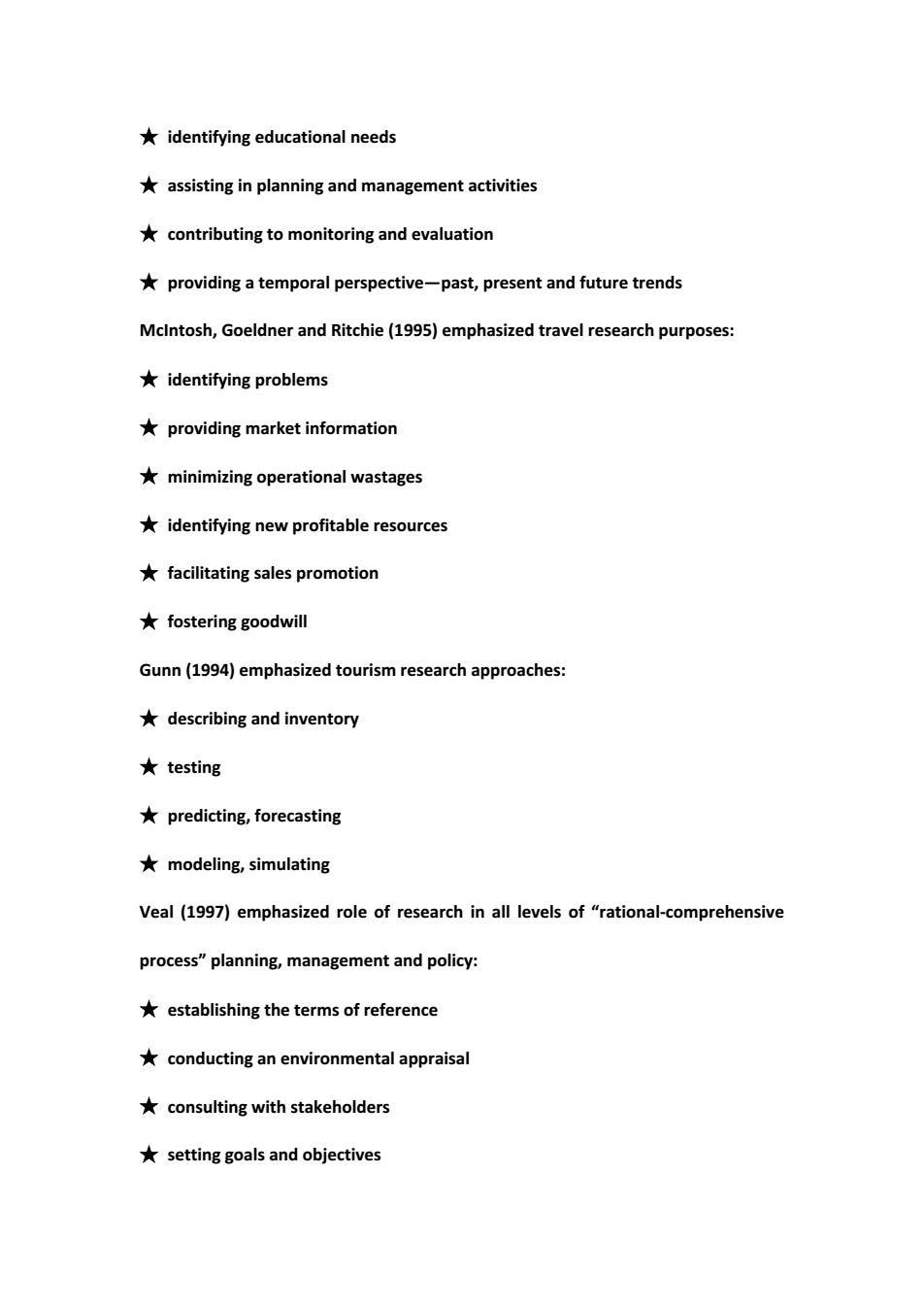
*identifying educational needs *assisting in planning and management activities *contributing to monitoring and evaluation *providing a temporal perspective-past,present and future trends Mclntosh,Goeldner and Ritchie(1995)emphasized travel research purposes *identifying problems *providing market information *minimizing operational wastages *identifying new profitable resources *facilitating sales promotion ★fostering goodwill Gunn(1994)emphasized tourism research approaches: *describing and inventory ★testing *predicting,forecasting *modeling,simulating Veal(1997)emphasized role of research in all levels of "rational-comprehensive process"planning,management and policy: *establishing the terms of reference *conducting an environmental appraisal *consulting with stakeholders setting goals and objectives
★ identifying educational needs ★ assisting in planning and management activities ★ contributing to monitoring and evaluation ★ providing a temporal perspective—past, present and future trends McIntosh, Goeldner and Ritchie (1995) emphasized travel research purposes: ★ identifying problems ★ providing market information ★ minimizing operational wastages ★ identifying new profitable resources ★ facilitating sales promotion ★ fostering goodwill Gunn (1994) emphasized tourism research approaches: ★ describing and inventory ★ testing ★ predicting, forecasting ★ modeling, simulating Veal (1997) emphasized role of research in all levels of “rational-comprehensive process” planning, management and policy: ★ establishing the terms of reference ★ conducting an environmental appraisal ★ consulting with stakeholders ★ setting goals and objectives
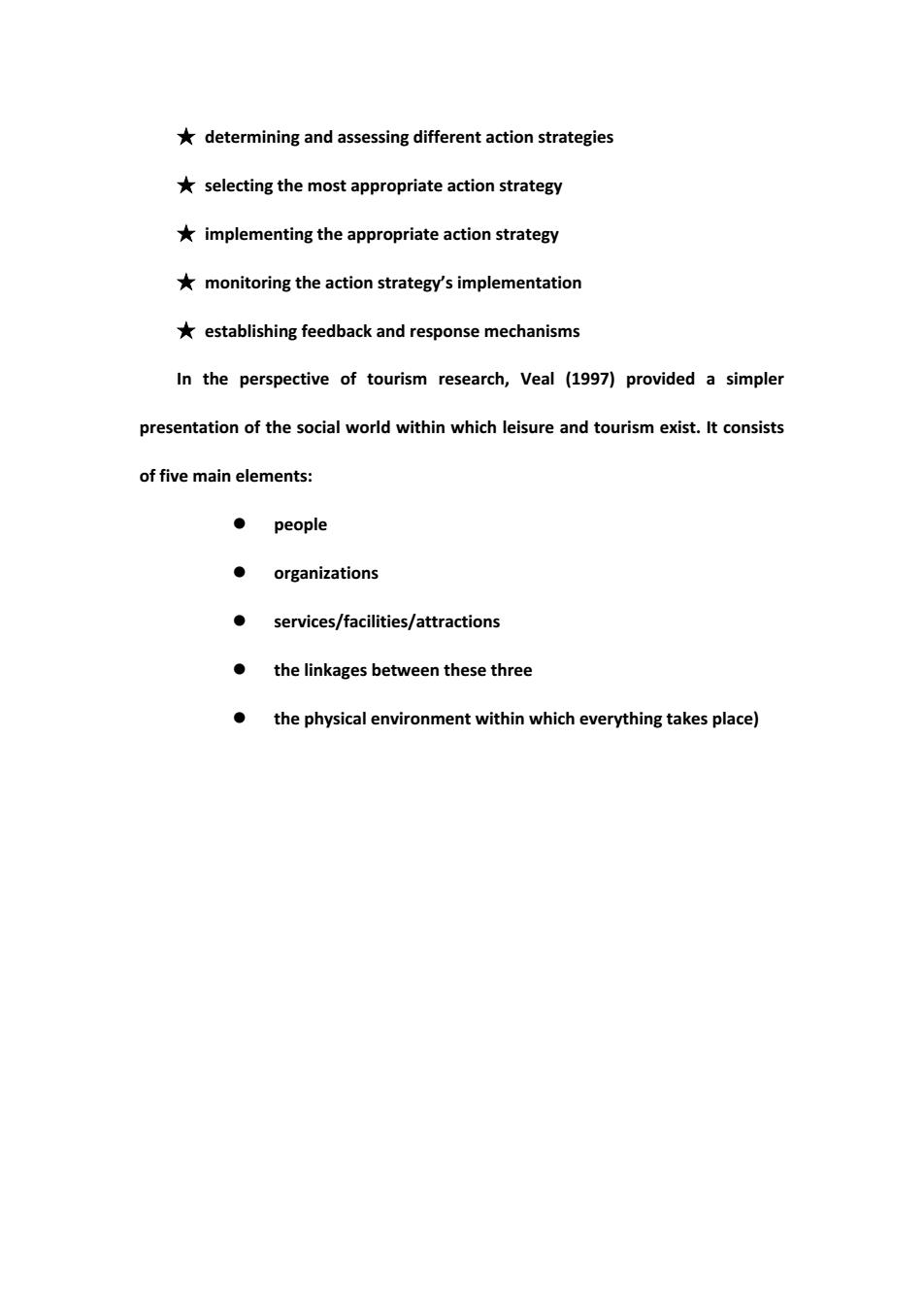
*determining and assessing different action strategies *selecting the most appropriate action strategy implementing the appropriate action strategy *monitoring the action strategy's implementation *establishing feedback and response mechanisms In the perspective of tourism research,Veal (1997)provided a simpler presentation of the social world within which leisure and tourism exist.It consists of five main elements: ●people ●organizations services/facilities/attractions the linkages between these three the physical environment within which everything takes place)
★ determining and assessing different action strategies ★ selecting the most appropriate action strategy ★ implementing the appropriate action strategy ★ monitoring the action strategy’s implementation ★ establishing feedback and response mechanisms In the perspective of tourism research, Veal (1997) provided a simpler presentation of the social world within which leisure and tourism exist. It consists of five main elements: people organizations services/facilities/attractions the linkages between these three the physical environment within which everything takes place)
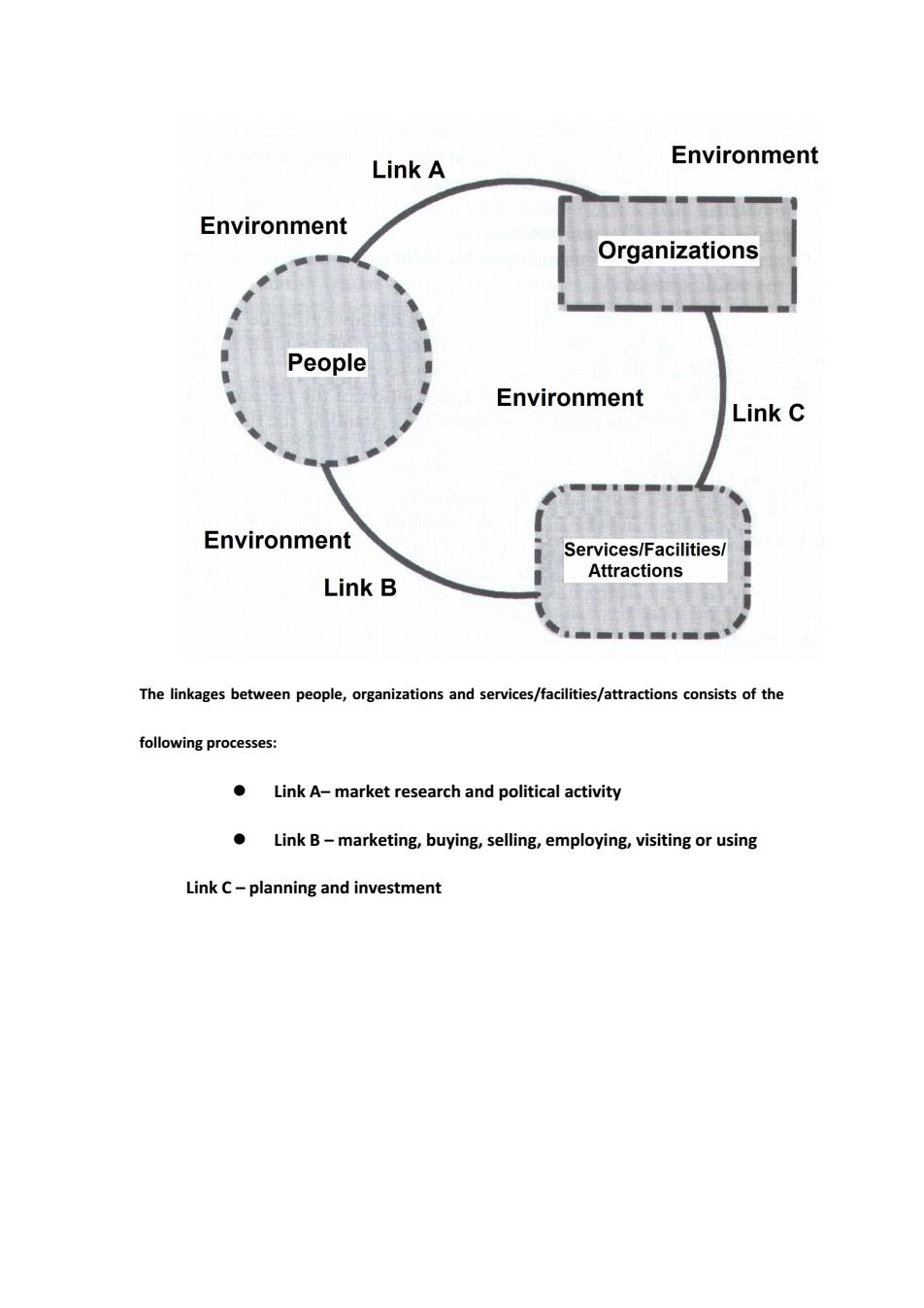
Link A Environment Environment Organizations People Environment Link C Environment Services/Facilities Attractions Link B The linkages between people,organizations and services/facilities/attractions consists of the following processes: Link A-market research and political activity Link B-marketing,buying,selling,employing,visiting or using Link C-planning and investment
The linkages between people, organizations and services/facilities/attractions consists of the following processes: Link A– market research and political activity Link B – marketing, buying, selling, employing, visiting or using Link C – planning and investment
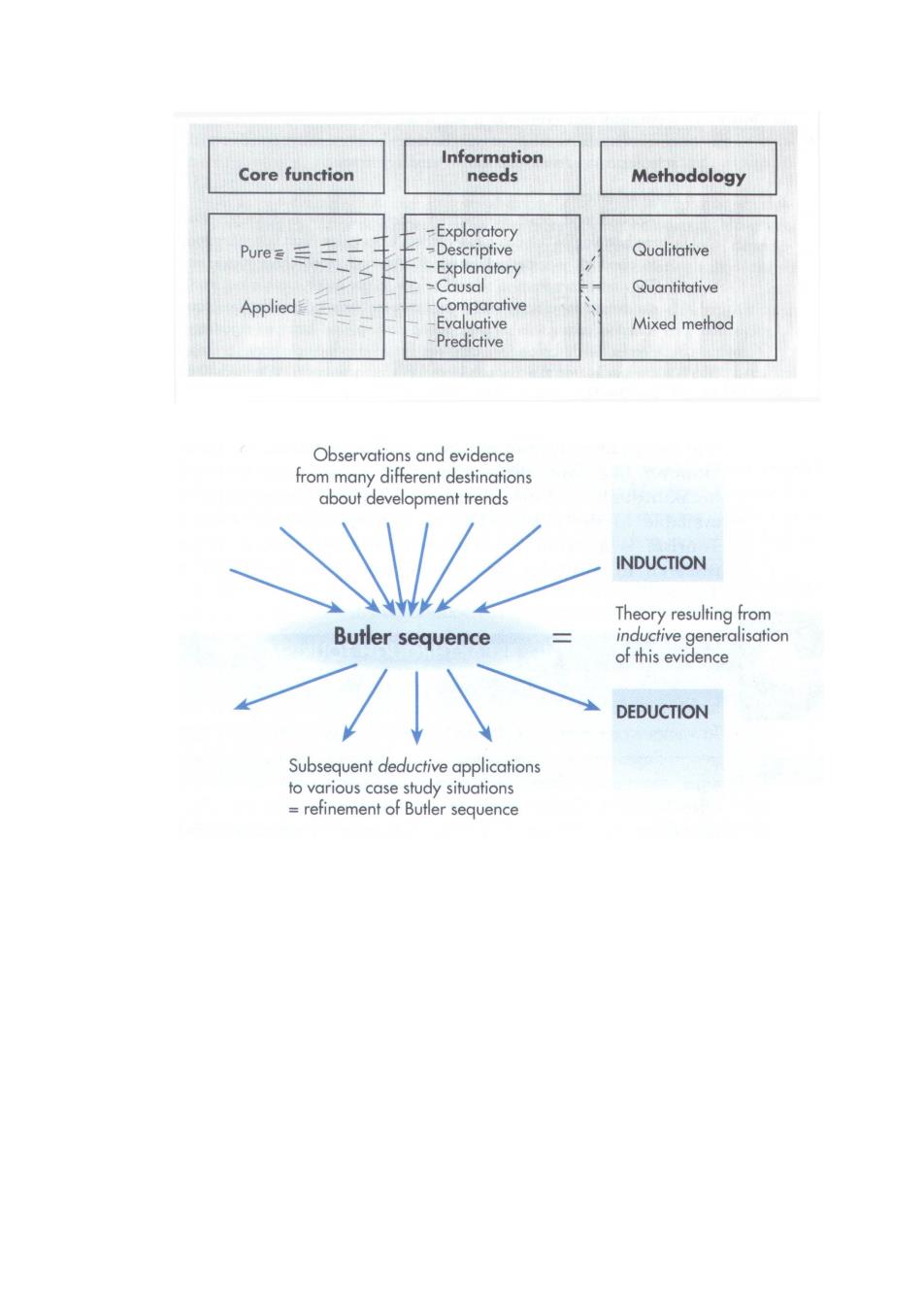
Information Core function needs Methodology -Exploratory Pure=三 Causal Quantitative Applied Mixed method -Predictive Observations and evidence from many different destinations about development trends INDUCTION Butler sequence of this evidence DEDUCTION Subsequent deductive applications to various case study situations -refinement of Butler sequence
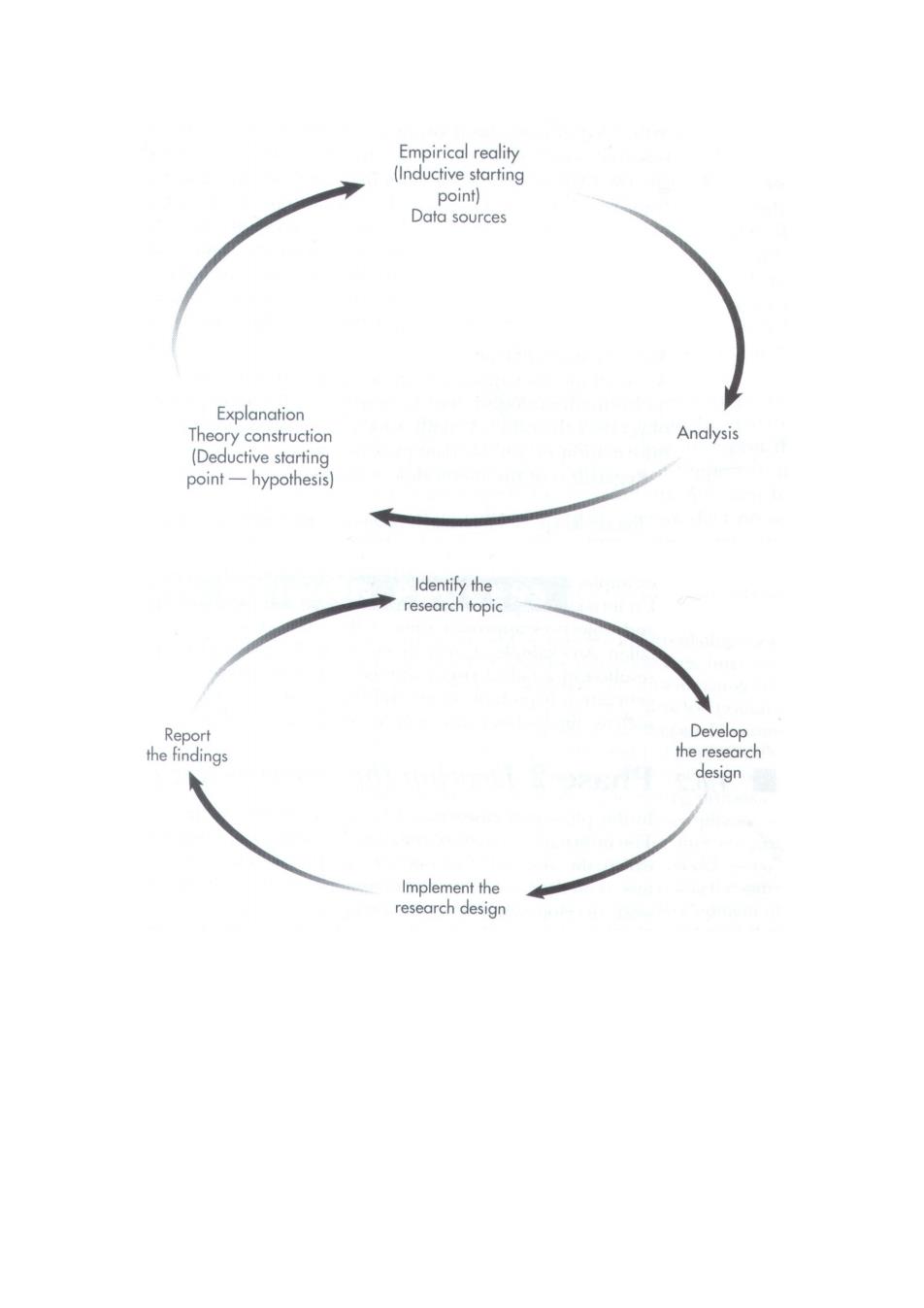
Empirical reality (Inductive starting sources Explanation Theory construction Analysis (Deductive starting point-hypothesis) he Implement the research design